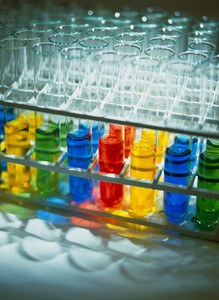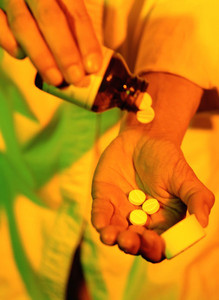The Netherlands is threatening its generic manufacturing industry with its preference policy, according to Mr Frank Bongers, Chairman of Bond Van De Generieke Geneesmiddelenindustrie Nederland (Bogin) – the Association of the Dutch Generic Medicines Industry, and member of the Executive Committee of the European Generic Medicines Association.
The preference policy in The Netherlands
Home/Policies & Legislation
|
Posted 18/06/2010
 0
Post your comment
0
Post your comment

The policy means that when a number of medicines contain the same active agent, only the cheapest medicine will be reimbursed. This means that prices are being pushed to their lowest – Mr Bongers is quoted as saying “simvastatin is cheaper than a packet of chewing gum. The generics industry in The Netherlands supplies almost 60% of the medicines at 15% of the costs”. It should be clear that this policy has been introduced by the health insurance companies, not the government.
So what is the catch for the thrifty Dutch? It seems that some manufacturers are no longer making some products, as it is no longer economically viable. So the picture is moving away from one of healthy competition. Once a single manufacturer has cornered the lowest price of a medicine, within one to two months they find themselves having to supply far greater quantities. But because the preference policy shuts out losing manufacturers from competing for anywhere between six months and two years, stocks may be run down even as they compete for a contract. This juggling act means patients are faced with not being able to get their medicines.
The health insurance companies allow pharmacists to supply other brands if the cheapest is not available, imposing a variety of rules. However it wastes a lot of pharmacist time to source a different supply, and the patient may have to change brands more often. If this does not solve the problem pharmacists are even allowed to supply out-dated stock provided it passes a shelf-life test. This might be available if a manufacturer has missed the contract for cheapest supplier, and is left with a lot of unsellable stock. It can sometimes be obtained at an even lower price. But this is less than satisfactory again for the patient.
The temporary exclusion of manufacturers also has the effect of discouraging development of new generic medicines. If a number of firms decide to invest in a new drug as it comes off patent, only one will be accepted and the others will be excluded for the duration of the reimbursement contract. It is expensive to develop and register a new generic, and the results of this further barrier will only be seen in a few years’ time.
In Mr Bongers’ view, the only way to favour continuity of supply is to favour continuity of production by changing the preference policy.
Reference
Edwin Bos. Door preferentiebeleid. Pharmaceutisch Weekblad. 2010 May 23. p.13-5.
Guidelines
New guidance for biologicals in Pakistan and Hong Kong’s independent drug regulatory authority
Canada poised to remove requirement for Phase III trials for biosimilars
Most viewed articles
The best selling biotechnology drugs of 2008: the next biosimilars targets
Global biosimilars guideline development – EGA’s perspective
Related content
ANVISA tackles 24-month backlog in biologicals post-registration petitions
US EO: delivering Most-Favored-Nation Prescription Drug Pricing to American patients
Uruguay to establish independent AUVISA drug agency for healthcare reform
Malaysia announces Screening Package for new drugs and biologicals
ANVISA tackles 24-month backlog in biologicals post-registration petitions

Home/Policies & Legislation Posted 10/10/2025
US EO: delivering Most-Favored-Nation Prescription Drug Pricing to American patients

Home/Policies & Legislation Posted 03/10/2025
Uruguay to establish independent AUVISA drug agency for healthcare reform

Home/Policies & Legislation Posted 17/09/2025
Malaysia announces Screening Package for new drugs and biologicals

Home/Policies & Legislation Posted 25/08/2025
The best selling biotechnology drugs of 2008: the next biosimilars targets






Post your comment